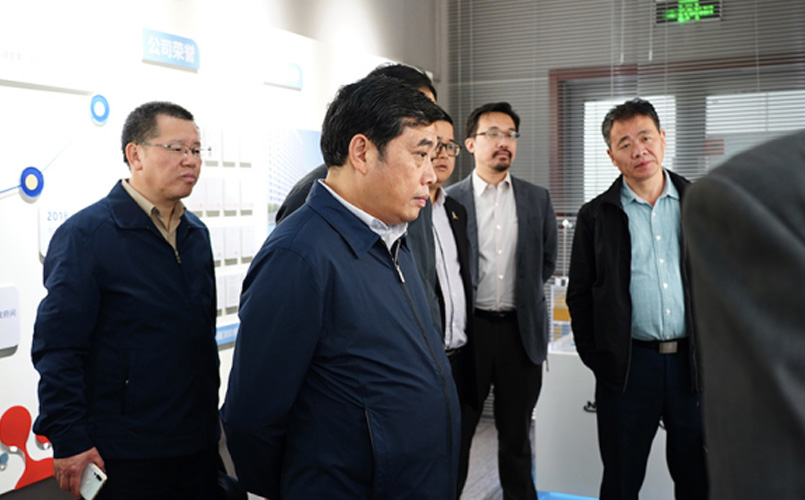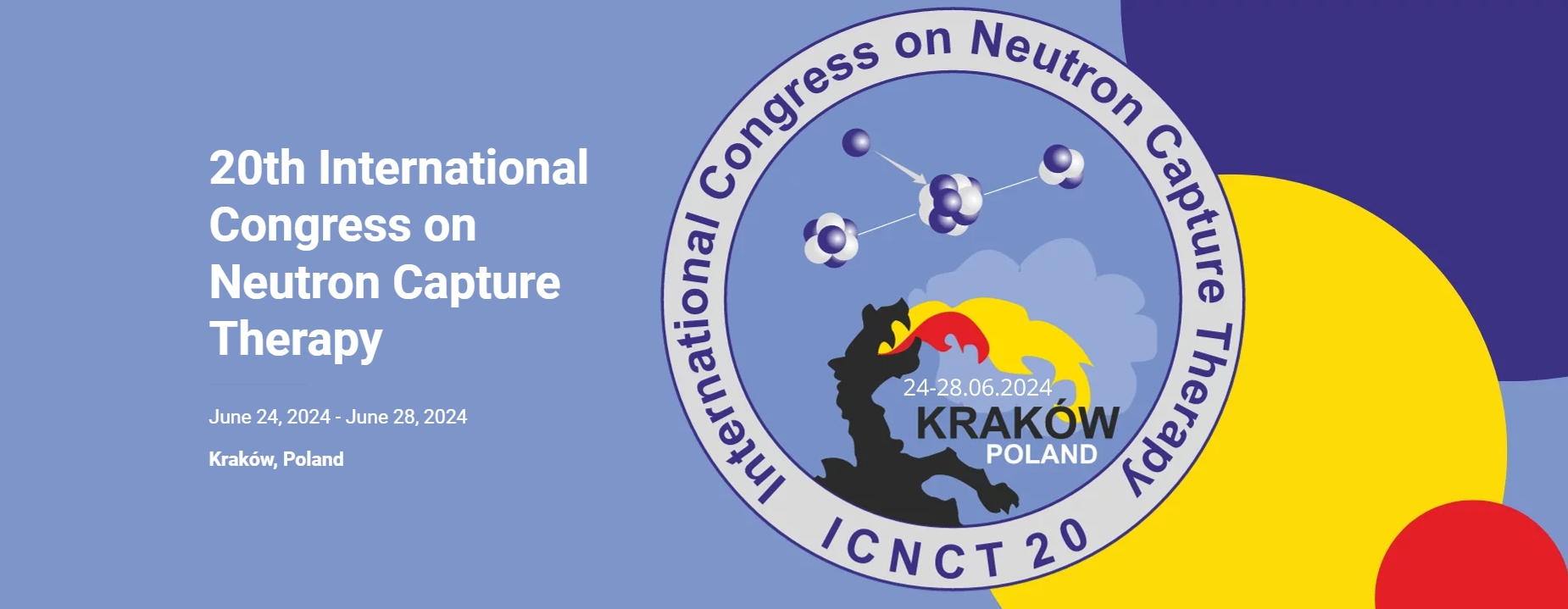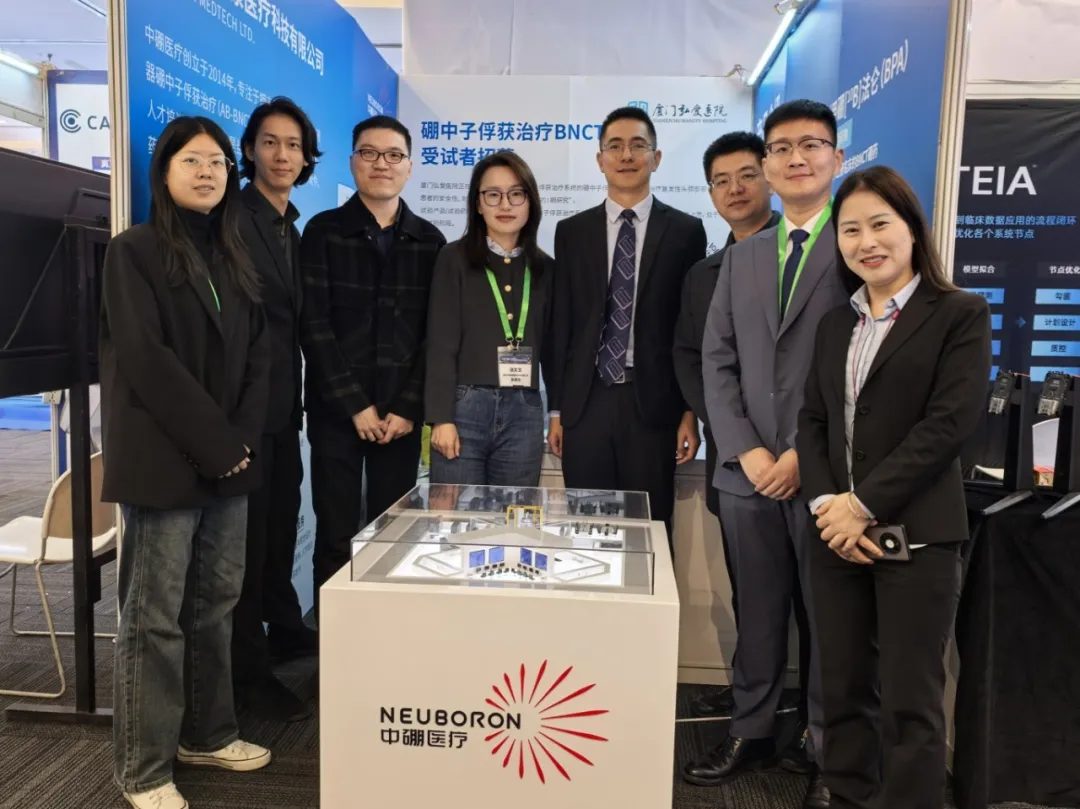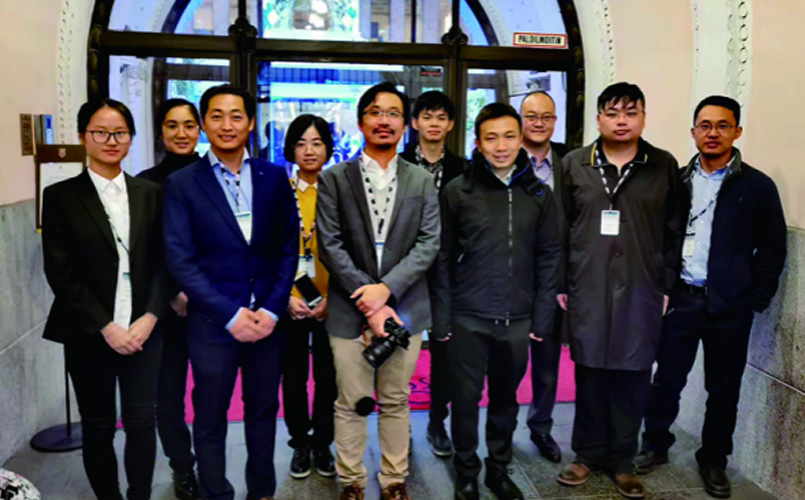Currently, cancer remains a severe challenge to public health. The efficacy of chemotherapy is often limited by its lack of specificity and systemic toxicity. Nanotechnology, especially targeted drug delivery technology, has become a key innovative technology to address these limitations.
Recently, the research team from West China Hospital of Sichuan University achieved an important research outcome in the field of nanomedicine. The multifunctional nanocarrier they developed—lipoic acid-boronophenylalanine (LA-BPA) derivative—forms sialic acid-targeted nanovesicles through simple pH adjustment. It can not only be used for targeted delivery of small-molecule chemotherapeutic drugs but also serve as a boron drug for tumor Boron Neutron Capture Therapy (BNCT) by introducing ¹⁰B isotope, facilitating the development of more precise, effective, and less harmful chemoradiotherapy methods. By applying its independently developed accelerator-based BNCT treatment system—NeuPEX Block-I, Neuboron actively participated in the research and provided key technical support.
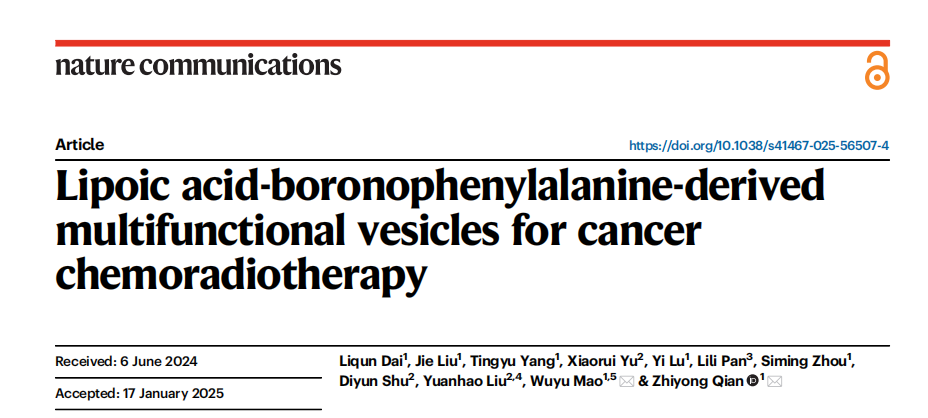
The ordered assembly of three segments—lipoic acid, short-chain PEG, and BPA—forms a small-molecule compound with pH-dependent reversible self-assembled nanovesicles. The nanovesicles prepared under weakly acidic pH conditions have sialic acid-targeting function conferred by the phenylboronic acid groups on their surface. The abundant disulfide bonds inside the vesicles can break the intracellular redox balance by consuming glutathione (GSH) in cancer cells, inducing cancer cell apoptosis. In addition, when the vesicles are used for doxorubicin (Dox) encapsulation to prepare nanoformulations, they facilitate the effective accumulation of small-molecule drugs at the tumor site. GSH-responsive release enables targeted drug release at the tumor site, which can reduce the systemic toxic side effects of chemotherapy and significantly improve the anti-tumor effect.
By introducing ¹⁰B isotope, LA-BPA derivative vesicles can organically combine BNCT with chemotherapy to achieve complementary advantages and significantly improve the therapeutic effect on pancreatic cancer. The study found that when the vesicle drug dose reaches 350 mg/kg, it can meet the requirements of BNCT treatment. After neutron irradiation, the tumor was completely inhibited, with no obvious tumor recurrence or metastasis. In addition, the survival rate of the BNCT treatment group on day 35 was 100%, higher than that of other experimental groups, which highlights the potential of LA-BPA derivative vesicles as boron-containing formulations for tumor BNCT.
It is worth mentioning that all BNCT-related experiments in the study were completed at the BNCT Clinical Demonstration and Research Center co-established by Neuboron and Xiamen Humanity Hospital. Relying on its independently developed NeuPEX system, the experienced experimental team of Neuboron, and relevant favorable resources, Neuboron formulated and implemented the neutron irradiation plan for the research.
As early as 2023, Neuboron reached a strategic cooperation with the team of Professor Qian Zhiyong from the State Key Laboratory of Biotherapy, Sichuan University, to jointly promote the development of BNCT nanodrugs. Leveraging Neuboron's world-leading BNCT system technology and boron drug translation platform advantages, as well as the scientific research advantages and technical achievements of Professor Qian's team in the research of new nanodrug delivery systems and new tumor treatment strategies, the two parties jointly developed new BNCT nanodrugs with higher targeting, better intratumoral distribution, and visualization function.
In the future, through original innovation, Neuboron will develop a new generation of boron drugs with stronger targeting for solid tumor treatment. Combined with the complete BNCT solution including hardware and software, it will help make cancer treatment more precise and effective. At the same time, Neuboron will continue to promote industry-academia-research-medical collaborative innovation, accelerate the clinical translation and application of BNCT technology, and provide better treatment solutions for cancer patients.
